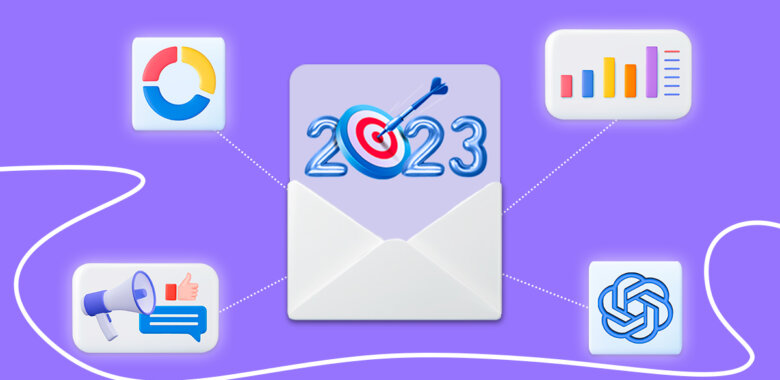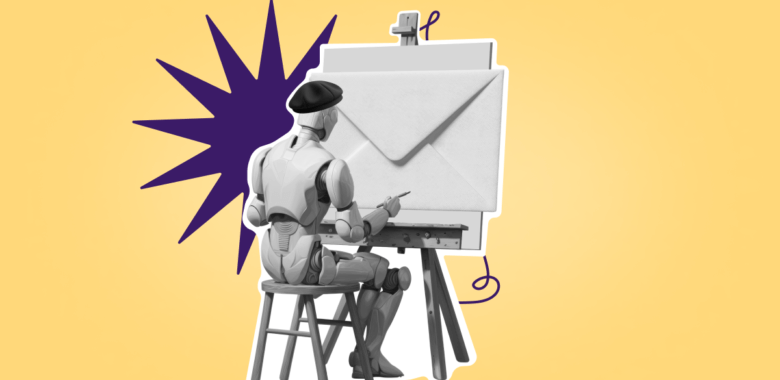Leveraging a multichannel approach
According to available data, the marketers that used 3 or more channels in their campaigns got almost 19% engagement rate while those stuck to one channel only had a little over 5%. The purchase rate for multichannel marketing efforts was higher too. In 2023, email marketing should be a part of a complex communication strategy. But it concerns much more than only effectiveness.
When the future of social media is uncertain, email provides an independent platform for messaging the audience directly. With emails, it’s you who “owns” the audience, not a social media platform. Last year, Twitter changed its policies and moderation, several U.S. states drafted legislation against TikTok, and Instagram continued to change the algorithm. Moreover, the reach on all major social media is falling. All and all, the situation demands brands to adapt.
Email marketing teams can also dip their toes into SMS for all-encompassing order flows, leverage chatbots, and more. Connecting different communication channels into one coherent system makes the customer experience seamless. Here’s an example of an omnichannel strategy:
- Capturing website visitors’ email addresses with pop-ups
- Sending a welcome email, an SMS with a newcomer discount, and a web push to make the customer make a purchase
- Reminding about abandoned products in the cart with an SMS and a web push and following that with an email after several hours
- Offering different channels for order and shipment notifications to benefit your clients
- Asking for a review via SMS and email
In this scheme email marketing adapts to the customer’s level of engagement with SMS and serves as a final incentive to close a sale. In 2023, all channels — email marketing included — need to work in tandem to guarantee success.
Being sincere with your subscribers
Sincerity or, more specifically, New Sincerity now dominates the U.S. and European culture. As a result, people demand authentic communication and genuine interactions. One of the ways it affects marketing in general is the rise of nano influencers who people trust and whose engagement rates are the highest.
In email marketing, this led to the longing for human interactions and personal perspective. In 2022, Substack — a service for independent email newsletters — gained extra popularity. The latest data shows the platform has over a million paid subscribers. As recently as February 8th this year acclaimed journalist and Pulitzer Prize winner Seymour Hersh has switched traditional media for Substack.
How can email marketers leverage this trend? By communicating more personally and sincerely with their audiences. We do that at Selzy too. In our bi-weekly digest, blog editors and authors share what occupies their thoughts.































